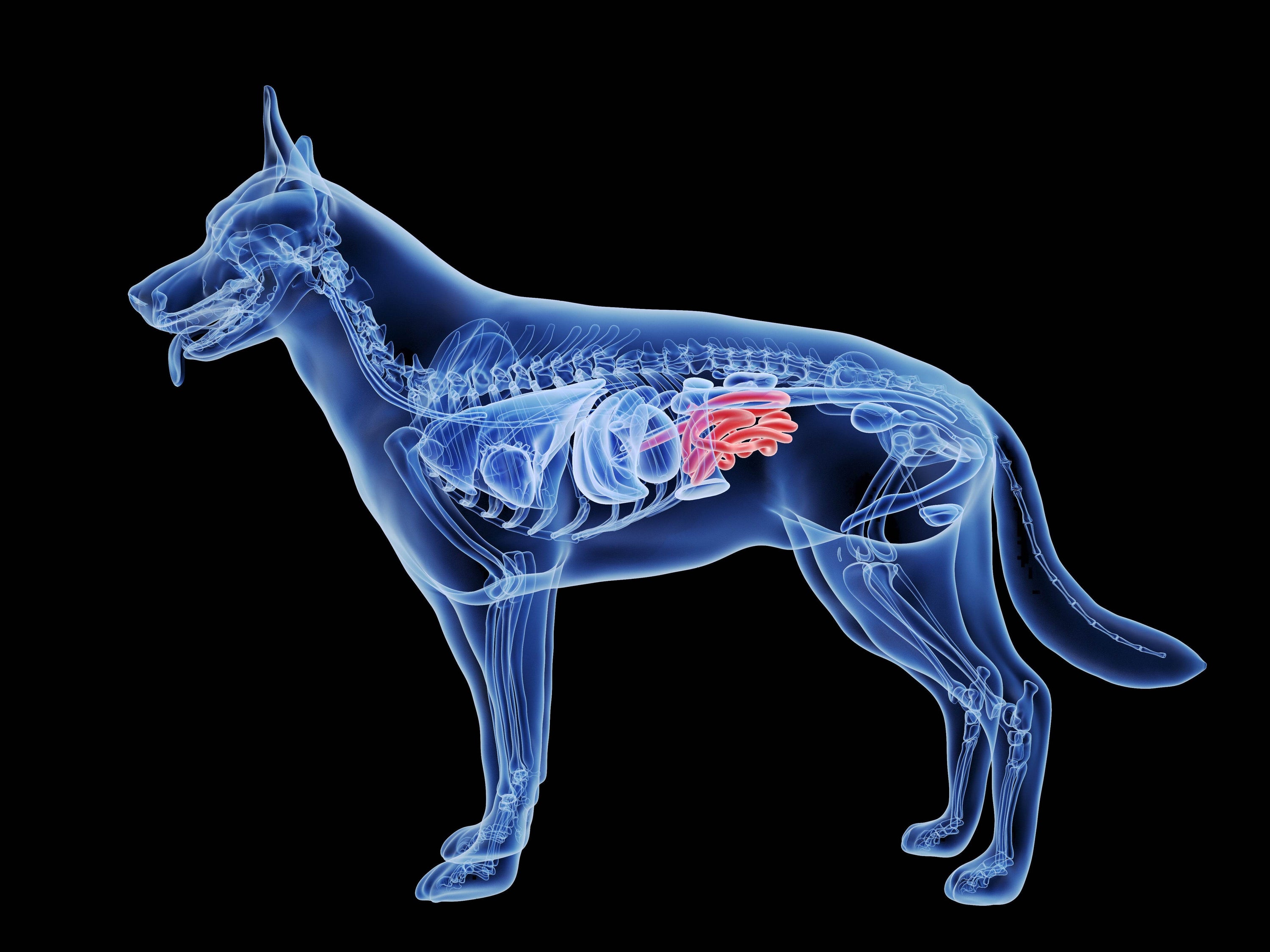
Understanding Dog Anatomy: Essential Insights for Dog Owners
Understanding Dog Anatomy: Essential Insights for Dog Owners
Introduction
The anatomy of dogs is unique and significantly different from that of other animals, especially humans. If you plan to welcome a dog into your home, it is important to familiarize yourself with dog anatomy. This includes knowledge about the skeleton, muscles, sensory organs, and skin. Understanding these aspects allows you to care for your pet in a targeted and individualized manner, promoting their health and ensuring a long, happy life. This article by Animus Medicus highlights the key features of dog anatomy and explains what you need to focus on.
Basics of Dog Anatomy
Dogs are mammals, similar to humans, in that both are warm-blooded. They give birth to live puppies, which are nursed by the mother and fully mature within a few years. Dogs are omnivores, relying on both plant and animal-based foods. Naturally, dogs are pack animals that hunt in groups. However, they have been domesticated and can now be kept as solitary pets at home.
The anatomy of dogs is complex, comprising muscles, bones, joints, and organs. Dogs have a highly developed instinct and enjoy playing and moving quickly in nature. They possess an excellent sensory apparatus, allowing them to smell and hear exceptionally well. Dogs are characterized by an agile and flexible body structure, enabling them to reach high speeds. The animal anatomy posters from Animus Medicus provide a detailed insight into dog anatomy and help you understand their unique features.
Key Features of Dog Anatomy:
- The Skeleton
- The Muscles
- The Sensory Organs
- The Respiratory System
- The Nervous System
- The Heart and Blood Vessels
- The Skin
Dog Anatomy – The Skeleton
When studying dog anatomy, special attention should be given to the skeleton. The skeleton is not only crucial for the dog's body structure but also plays a role in communication. Dogs often communicate through body language, relying on a well-defined skeleton. Additionally, the skeleton, like in humans, protects internal organs and the brain.
The dog's skeleton works in conjunction with many joints, muscles, and tendons, creating a harmonious system that allows for precise, agile, and swift movements. These abilities are essential for efficient hunting. As pets, these skills are less needed for survival but are often utilized during play and exercise. The skeleton also impacts the mineral balance and supports blood cell production in the bone marrow.
Dog Anatomy – The Sensory Organs
Sensory organs significantly shape dog anatomy. The sense of smell is particularly well-developed, used to identify other animals and communicate with them. Dogs can easily track scents and recognize specific individuals by smell. Their hearing is also exceptional, far surpassing that of humans. Dogs can perceive ultrasonic sounds and locate noises with great accuracy.
The dog's sense of touch is enhanced by whiskers located on the lips and front legs, allowing them to navigate even in the dark. Additionally, dogs use their tongue, nose, and paw pads for orientation. Their vision is also well-developed, providing a wider field of view than humans. Lastly, dogs have a good sense of taste and often enjoy sweet flavors.
Dog Anatomy – The Respiratory System
The respiratory system is essential for supplying oxygen to the body, enabling dogs to run quickly. During inhalation, air is filtered and warmed before being absorbed and utilized by the body. The bronchi and alveoli play a crucial role in this process.
Dog Anatomy – The Nervous System
The nervous system is a vital component of dog anatomy. It consists of the brain and spinal cord, allowing the dog to interact with its environment. Through the nervous system, dogs receive external information, process it in the brain, and respond to various stimuli and impulses. The nervous system sends commands to all parts of the body. Understanding your dog's nervous system helps you better respond to their behavior and assist with health issues.
Dog Anatomy – The Heart and Blood Vessels
The cardiovascular system is one of the most important aspects of dog anatomy. It comprises the heart and blood vessels, with veins and arteries playing critical roles. The circulatory system ensures that all organs and body parts receive oxygen and nutrients while removing waste products and regulating body temperature.
Dog Anatomy – The Skin
When studying your dog's anatomy, attention should be given to their skin. The skin is highly elastic and quickly returns to its original form after fights with other dogs. It provides excellent protection against parasites and pathogens and can prevent chemical substances from entering the body. The dog's body uses the skin as an excretory organ to remove substances like sebum. Additionally, the skin emits scents that dogs use to mark their territory and communicate with other dogs. The skin also helps regulate temperature and can perceive and transmit stimuli such as pressure or pain.
Conclusion: Optimal Care and Health Maintenance for Your Dog
Your dog benefits greatly from your understanding of dog anatomy. This knowledge helps you quickly identify whether your dog is developing healthily or exhibiting unusual behavior. You can then take swift action to help and protect them from illnesses. Therefore, invest time in learning about dog anatomy and be prepared to continually expand your knowledge.
Are you also interested in human anatomy? Visit our online shop to explore our range of posters and other items like jewelry and surgical suture kits.
Share